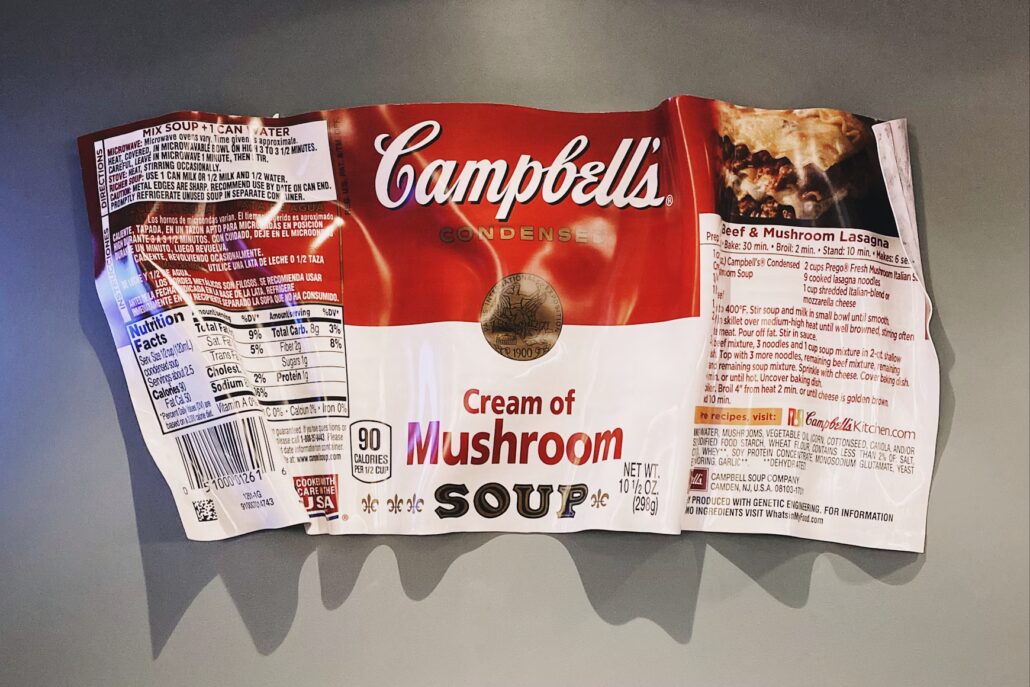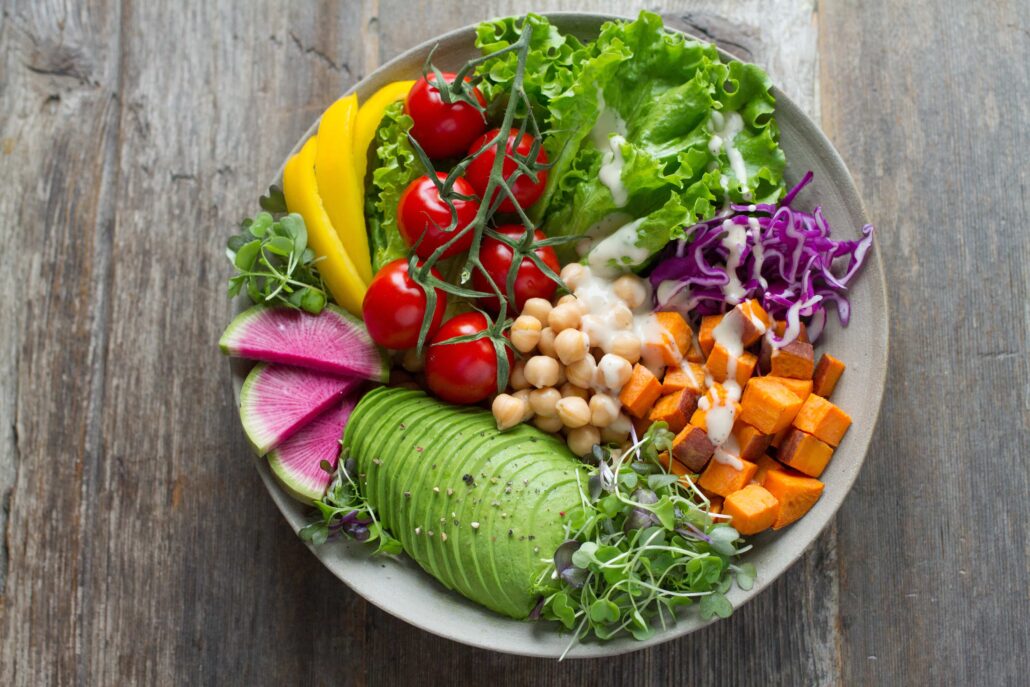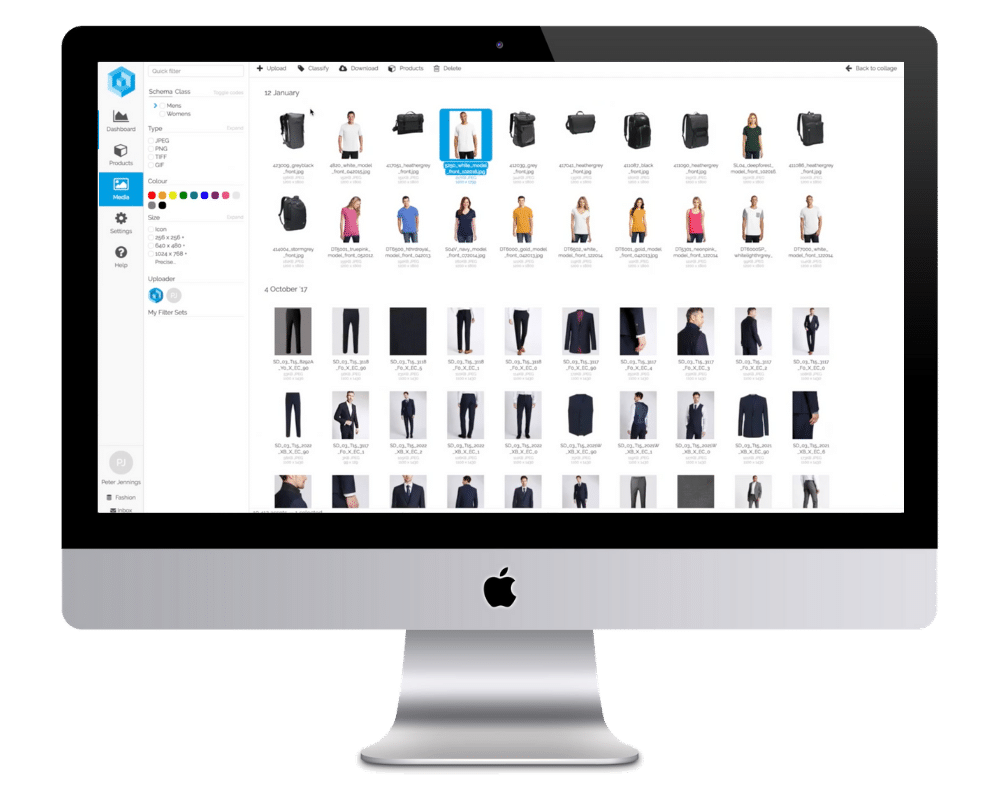Key Takeaways:
-
Natasha’s Law requires that all PPDS (pre-packed for direct sale) food include a label with a full list of ingredients and highlighted allergens.

-
It impacts retailers, cafes, restaurants, and other food businesses preparing and packaging food on-site for direct sale.
-
Digital tools like PIM platforms play a critical role in ensuring food labels are complete, accurate, and compliant.
What Is Natasha’s Law?
Natasha’s Law is a UK food labeling regulation that came into effect on October 1, 2021. It mandates that businesses must clearly label all food that is prepacked for direct sale with a full list of ingredients, including allergens emphasized within the list (e.g., in bold or a different color).
This legislation was named in memory of Natasha Ednan-Laperouse, a teenager who tragically passed away after consuming a Pret a Manger baguette that contained undeclared sesame seeds—an allergen she was severely allergic to. The lack of labeling on the sandwich, which was prepared and packaged on-site, led to a fatal allergic reaction.
Use Cases
Natasha’s Law applies specifically to PPDS foods, a category that often confuses business owners. So, what is PPDS, and what kinds of products fall into this group?
PPDS Meaning:
Pre-packed for Direct Sale refers to food items that are packaged on the same premises where they are sold and before the customer selects or orders them. These items are packaged without customer involvement and are ready to be placed on shelves or displays.
Common PPDS examples include:
-
Sandwiches or salads packaged on-site at a café
-
Freshly baked goods wrapped in-store

-
Pre-boxed sushi or pasta dishes made in supermarket deli sections
-
Packaged meals in school canteens or workplace cafeterias
It does not apply to food that is made to order or packaged after being chosen by the customer, but it does affect a significant portion of grab-and-go offerings across the UK.
Why It Matters for Food and Beverage Brands
Challenge #1: Labeling Accuracy and Complexity
One of the most pressing challenges for food businesses is maintaining accurate and compliant food labeling across every item. Mistakes in ingredient declarations, allergen omissions, or inconsistencies in product names can lead to legal issues—or worse, consumer harm.
Solution via Automated Label Management
A digital-first approach is now crucial. Using tools like Product Information Management (PIM) platforms, brands can create and maintain a centralized database of product data—including ingredients, allergens, and nutritional info.
When changes are made to a recipe or supplier ingredient list, that update can cascade automatically to every label and channel.
This reduces manual input errors and enables faster compliance with evolving food safety regulations.

How Natasha’s Law Enhances Food Safety
Key Feature #1: Allergen Highlighting
A core component of Natasha’s Law is that the 14 major allergens must be clearly marked on all PPDS food labels. In sum, these include:
-
Cereals containing gluten
-
Crustaceans
-
Eggs
-
Fish
-
Peanuts
-
Soybeans
-
Milk
-
Nuts
-
Celery
-
Mustard
-
Sesame seeds
-
Sulphur dioxide
-
Lupin
-
Mollusks
By emphasizing these allergens in bold or another distinguishing style, food producers give allergy sufferers the clarity they need to make safe purchasing decisions.
Use Case Example: In-Store Bakery Compliance
Imagine a regional grocery chain with an in-store bakery that packages fresh muffins and wraps them for display.
Essentially, before Natasha’s Law, these items may have had no label or a generic description like “blueberry muffin.” Now, each item must include a detailed list of ingredients and highlight any allergens—like eggs, milk, or wheat.
Using a PIM platform, the bakery’s central team can input the correct ingredient and allergen details once, and that data can flow to every store’s local label printer. Consequently, you ensure consistent, compliant labeling without relying on manual entry at each location.
Natasha’s Law and PIM: Ensuring Compliance Through Product Information
While the law itself mandates proper labeling, achieving compliance at scale is no small feat—especially for businesses with dozens or hundreds of locations. That’s where Product Information Management (PIM) platforms come into play.

A PIM system centralizes all product data, including recipes, ingredient sourcing, and nutritional attributes. When paired with tools like automated product data sheets or food labeling software, a PIM enables food businesses to:
-
Instantly update label content across locations
-
Track and highlight allergens for each SKU
-
Ensure consistent formatting and legal compliance
-
Reduce the risk of human error in the labeling process
For example, platforms like Pimberly’s food and beverage PIM solutions can integrate with labeling software to generate compliant labels based on up-to-date, centralized product information.
Want to understand how PIM connects to food labeling requirements like Natasha’s Law?
Watch our automated product data sheets video to see how it works.
FAQs
Q: Who needs to follow Natasha’s Law?
A: Any business in the UK that prepares and packages food for direct sale at the same premises must follow Natasha’s Law. This includes cafes, restaurants, school kitchens, workplace canteens, and convenience retailers.
Q: What information must be on the food label under Natasha’s Law?
A: Labels on PPDS food must include the product’s name and a full list of ingredients. Allergens must be emphasized (typically in bold) within that list. Additional labeling information, such as use-by dates, is also advisable.
Q: What’s the difference between PPDS and non-PPDS food?
A: PPDS refers to food packaged on-site before being ordered or selected. Non-PPDS includes food packed by another business or food prepared after customer selection (e.g., made-to-order items). Only PPDS food is affected by Natasha’s Law.
Q: What happens if my business doesn’t comply?
A: Failure to comply with Natasha’s Law can result in enforcement actions, including fines and product recalls. More importantly, non-compliance puts customers at risk and can damage your brand reputation.
Actionable Steps for Food Businesses Navigating Natasha’s Law
To summarize, Natasha’s Law is more than a regulatory obligation—it’s a powerful opportunity to build trust with consumers, especially those with food allergies. But compliance requires consistency, accuracy, and speed—none of which can be achieved with outdated, manual processes.
To prepare your business:
-
Audit your current labeling practices and PPDS products.
-
Invest in a centralized system for product and ingredient data.
-
Automate the flow of data to labeling software to minimize errors.
-
Ensure allergen details are consistently updated and highlighted.
This is where Product Information Management (PIM) comes in. By unifying all your product details into one source of truth, a PIM solution like Pimberly gives your team the ability to respond to regulatory changes, update product labels in real time, and streamline compliance workflows across your entire operation.
Want to learn more about how PIM can future-proof your food business? Explore how automating safety data sheets with PIM leads to safer, more efficient product management.

















